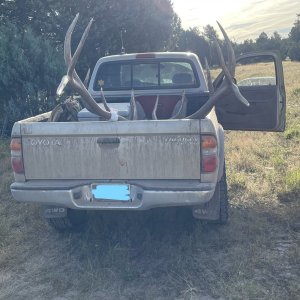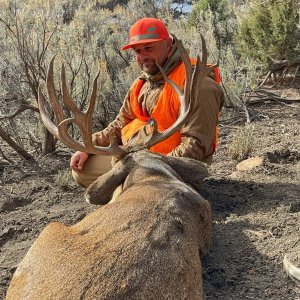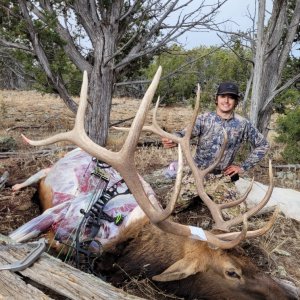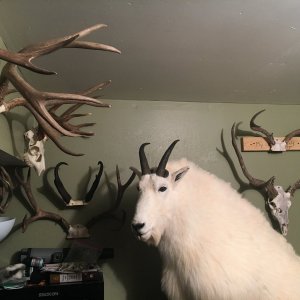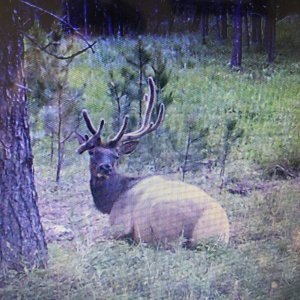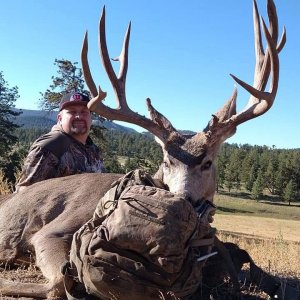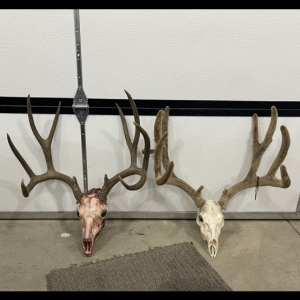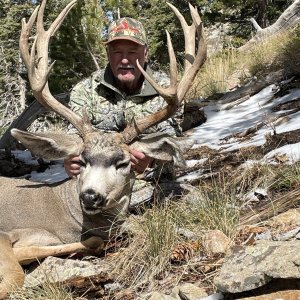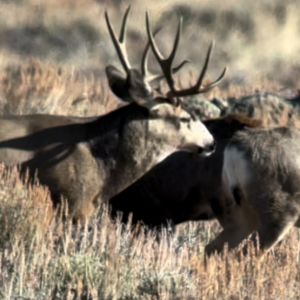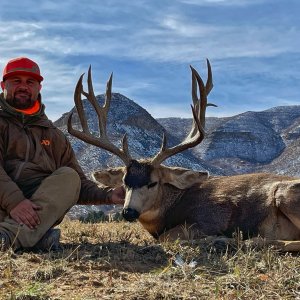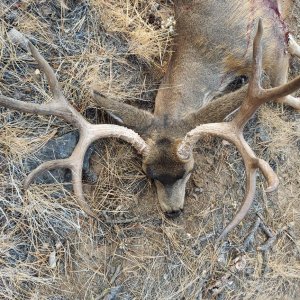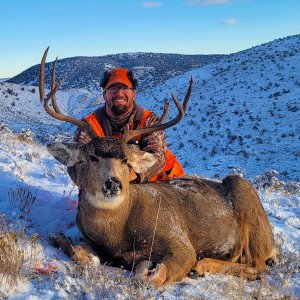338magblaster
Member
- Messages
- 65
OK, a little slow on the boards.
What will this crazy wet June mean come August and September for bulls...
Racks should be prime this year and this weather will provide enough water and feed to make the whale-tails finish nicely.
Anyone have any opinions or better yet research/experience that will help provide insight into the size of the racks we will see this fall?
I know in 2002 when it was so dry in the summer, the bulls had great fronts and weak backs... at least the ones I saw in Southern Utah. Same in 2005 when I last hunted a Utah LE area.
Let's hear your thoughts.
338
All who wander are not lost.
What will this crazy wet June mean come August and September for bulls...
Racks should be prime this year and this weather will provide enough water and feed to make the whale-tails finish nicely.
Anyone have any opinions or better yet research/experience that will help provide insight into the size of the racks we will see this fall?
I know in 2002 when it was so dry in the summer, the bulls had great fronts and weak backs... at least the ones I saw in Southern Utah. Same in 2005 when I last hunted a Utah LE area.
Let's hear your thoughts.
338
All who wander are not lost.

